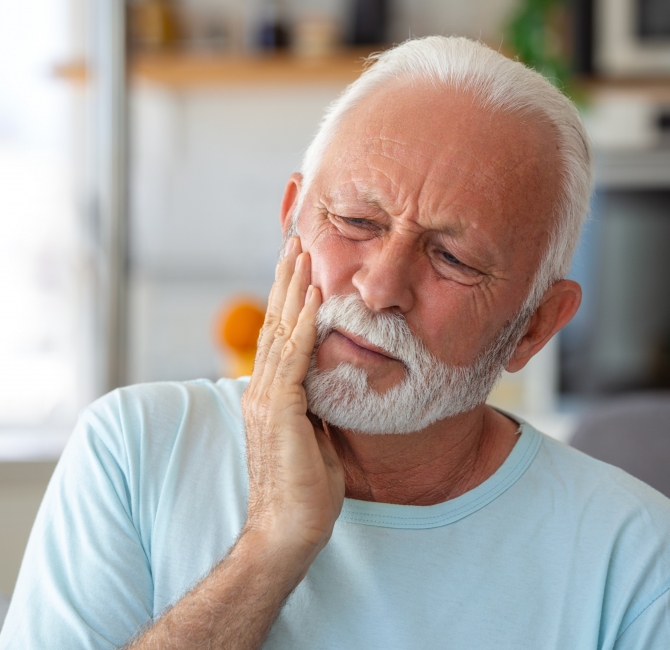A randomized trial investigated changes in systemic inflammatory markers after full-mouth debridement with either hand instrumentation (HI) or ultrasonic instrumentation (UI). All patients displayed significant increases in serum C-reactive protein (CRP), with no differences between treatment groups at 24 hours compared with baseline (adjusted P = .22). Similarly, no difference was observed between groups for levels of IL-6 or TNF-α at day one. For both groups, levels of all inflammatory markers returned to baseline levels at day seven. In both groups, treatment produced equal and marked improvements in clinical parameters. Total treatment time was significantly shorter with UI than HI (adjusted P = .002).
Based on the results of this first randomized clinical trial to investigate the impact of different periodontal instrumentation techniques on systemic inflammation following full-mouth debridement, the authors conclude the inflammatory response is comparable between HI and UI. UI results in shorter treatment time with comparable clinical outcomes. The study was published in the Journal of Clinical Periodontology.
Abstract
Objective: This study sought to investigate whether the immediate systemic inflammatory response following full-mouth debridement differs following use of hand compared with ultrasonic instruments.
Methods: Thirty-nine patients with periodontitis were randomized to treatment with full-mouth debridement using either hand or ultrasonic instrumentation completed within 24 hr. Serum and periodontal clinical parameters were collected at baseline, day one, day seven and day 90 post-treatment. Differences in systemic inflammatory markers were assessed using general linear models at each timepoint, corrected for age, gender, smoking status, body mass index and baseline levels of each marker.
Results: Across all patients, serum C-reactive protein increased at day one, with no differences between hand and ultrasonic groups (p(adjusted) = .22). There was no difference between groups in interleukin-6 (p(adjusted) = .29) or tumour necrosis factor α (p(adjusted) = .53) at day one. Inflammatory markers returned to baseline levels by day seven. Treatment resulted in equal and marked improvements in clinical parameters in both groups; however, total treatment time was on average shorter for ultrasonic instruments (p(adjusted) = .002).
Conclusions: Ultrasonic instrumentation resulted in shorter treatment time with comparable clinical outcomes. Levels of serum C-reactive protein at day one were similar following debridement with hand or ultrasonic instruments.



